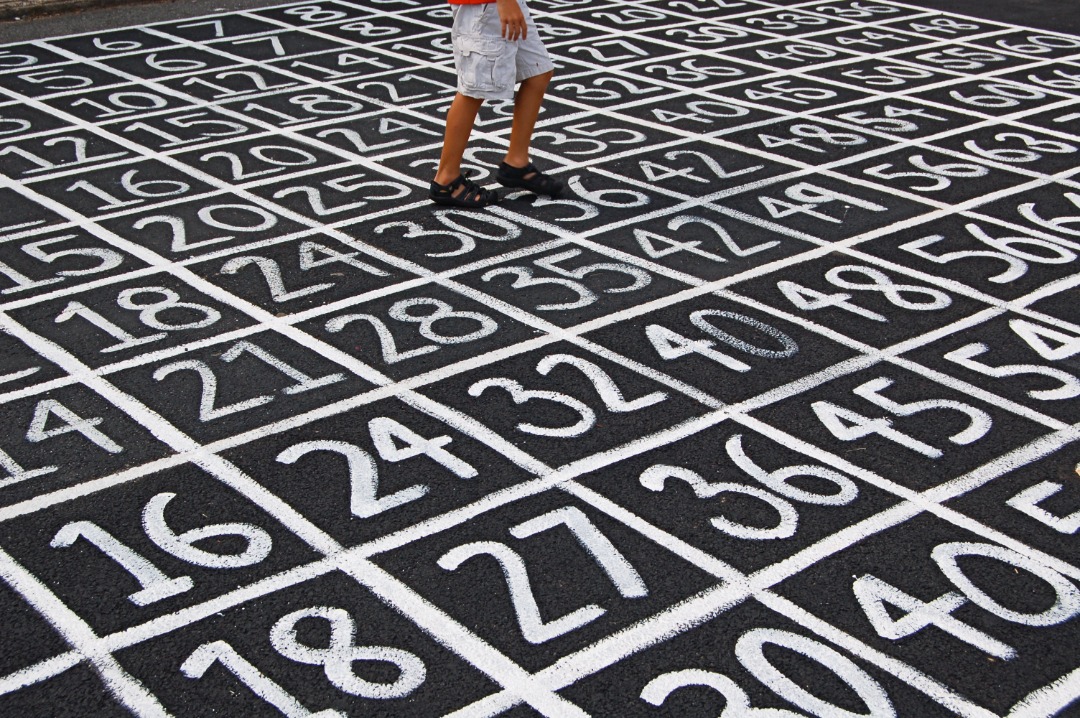Graham's Number

What is the largest number you can think of?
Have you ever wondered what is the largest finite number you can think of? No it is not 40 (largest number on earth in terms of surface area). It first seems like a meaningless question, because no matter how large a number is, you can always go higher. But now we are going to talk about one of the largest finite meaningful number, the Graham’s number.
You have probably heard of a googol, which is 1 followed by a hundred 0s, it’s pretty big. Graham’s number is so big that it becomes super difficult to explain how big it is, so try your best to not get lost in the sea of numbers. For number as big as this, we need to talk about a new notation, the Knuth’s up-arrow notation (↑).
The arrow notation utilises the idea of iterated operations. For example, multiplication is iterated addition, and exponentiation is iterated multiplication. From pic 2, we know that a 3↑3 denotes an exponentiation (3 multiply by itself 3 times). We can see from the pattern that adding one arrow indicates iteration of the previous operation, and the output increases massively. With just three arrows (3↑↑↑3), it gives a value with 3 million digits!
In order to construct Graham’s number, we need to start with a number g1 (3↑↑↑↑3), which is already so big that we cannot possibly imagine. To continue with g2, we need a g1 number of arrows in 3↑…↑3. Then we use g2 for the number of arrows between two 3s to obtain g3, which is the number of arrow we needed for g4 .. (this process repeats 64 times) so on until we reach g64!
Graham’s number was once in the Guinness Book of Records as the biggest number ever used in a constructive proof. Why would we need this insane number you ask? The number arose as an upper bound on an answer to a mathematical field on combinatorics. You can check out more online.
It is amazing how mathematicians come up with such interesting number. If you try to picture the number, your brain would have so much information that it will instantly collapse into a black hole.
Keywords
Images
